18: Postwar Europe and North America (after 1945)
- Page ID
- 219621
Introduction
The victorious in wars often reap the spoils and in some cases those benefits are somewhat surprising. After entering WW II in both the European and Pacific theaters, the United States military proved itself as a modern force that was capable, and considered morally superior to their German, Japanese, and Italian adversaries. Liberating cities and towns across Europe, as well as the islands and regions of the Pacific, made the U.S. troops heroes to many people across Europe, Asia, and the South Pacific. Couple this with many intellectuals, academics, artists, and architects fleeing Europe during the war and you have a country ready to push ahead in many cultural and economic areas. Europe and Japan needed rebuilding due to the large scale bombing and devastation. America was there to either lend financial support or help with the physical rebuilding process. America was now a major global economic and cultural influence, and with this status replaced Paris as the center of the Western Art World with New York City.
The New York School
https://www.youtube.com/watch?v=Qs8VidTChms
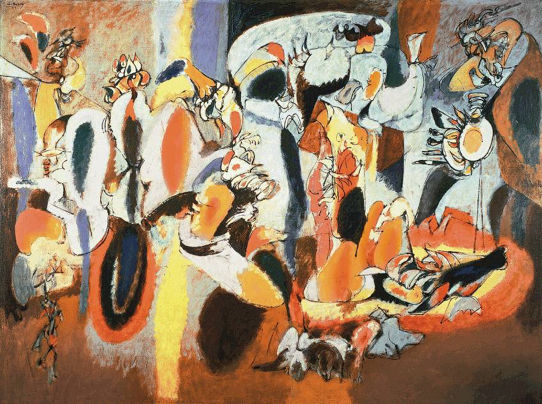
The Liver is the Cock's Comb, 1944 Arshile Gorky
https://www.youtube.com/watch?v=3nPfagPsYdM
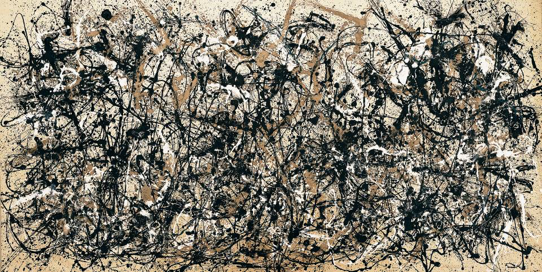
Autumn Rhythm, 1950 Jackson Pollack
https://www.youtube.com/watch?v=aXLS_WDIugk
https://www.youtube.com/watch?v=PYpA0iWhjJc
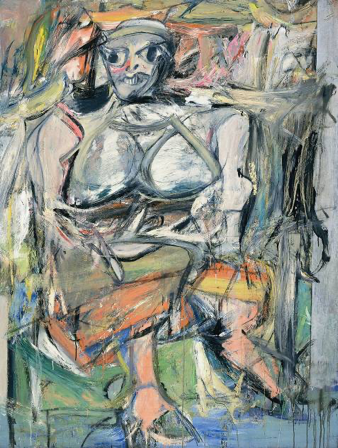
Woman I, 1950-52 Willem de Kooning
https://www.youtube.com/watch?v=y0xbZTe1JSM
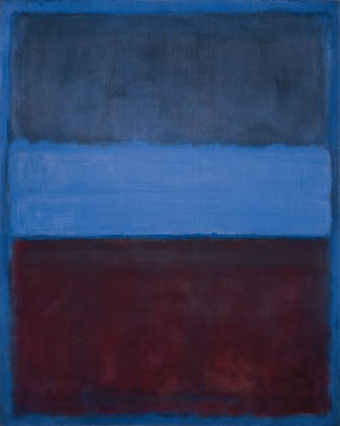
No. 61 (Rust and Blue), 1953 Mark Rothko
https://www.youtube.com/watch?v=E1lcO9ncz90
https://www.youtube.com/watch?v=wpwU-VQPqK4
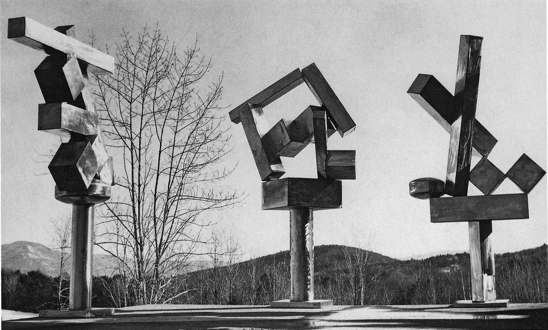
Cubi, 1964 David Smith
https://www.youtube.com/watch?v=7VJfTQtmrE0
https://www.youtube.com/watch?v=jsVuKbWz138
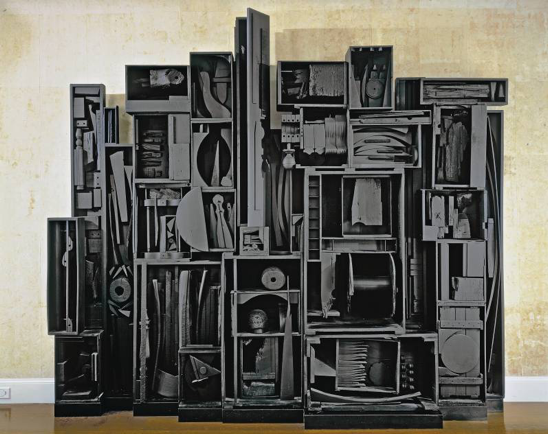
Sky Cathedral - Moon Garden Plus One, 1957-60 Louise Nevelson
https://www.youtube.com/watch?v=cj9MwUr4Jd8
https://www.youtube.com/watch?v=nnfEmNRzoCs
Pop Art
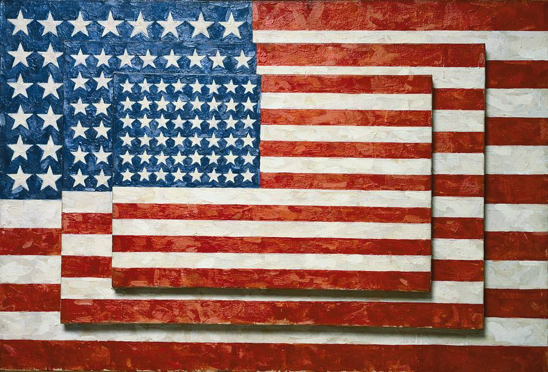
Three Flags, 1958 Jasper Johns
https://www.youtube.com/watch?v=9bWJt2hjBH0
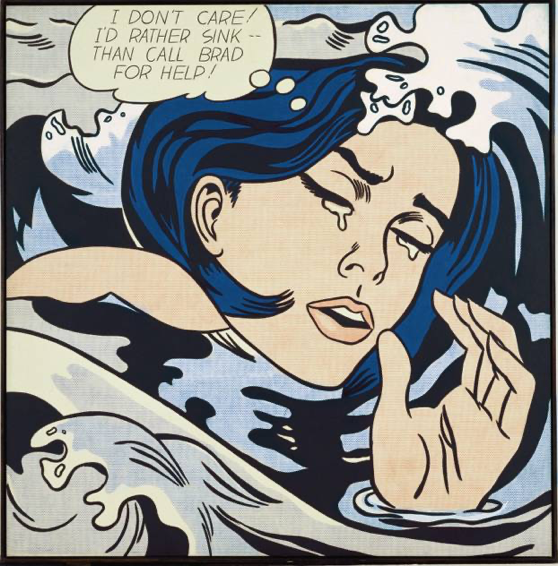
Drowning Girl, 1963 Roy Lichtenstein
https://www.youtube.com/watch?v=x9WycliNfx8
https://www.youtube.com/watch?v=AG6M1uo2PVY
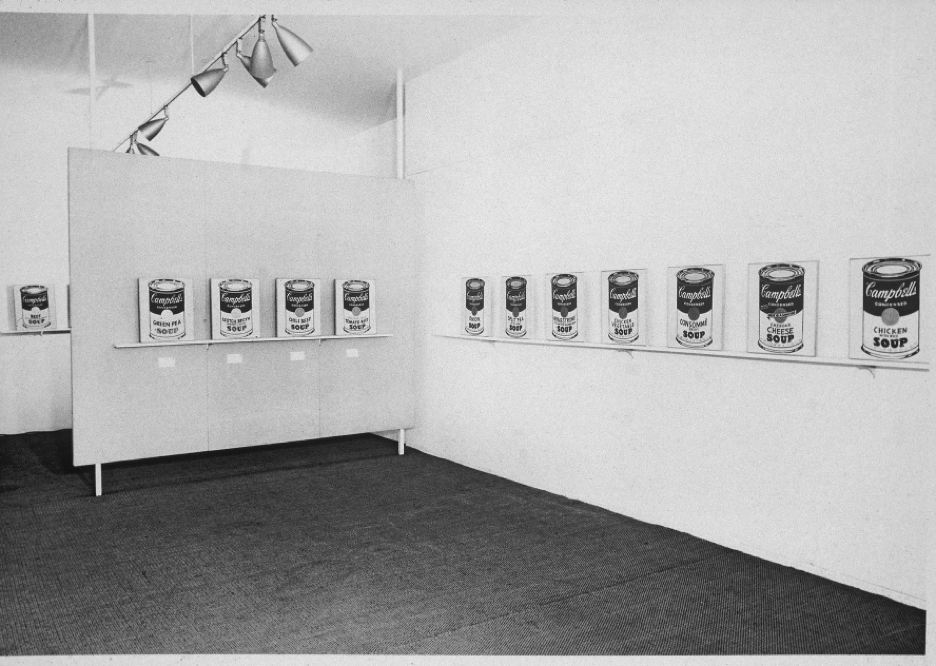
Campbell's Soup Cans (Los Angeles Ferus Gallery show), 1962 Andy Warhol
https://www.youtube.com/watch?v=J2CtQD3OLRI
https://www.youtube.com/watch?v=RNltAsoKJNg
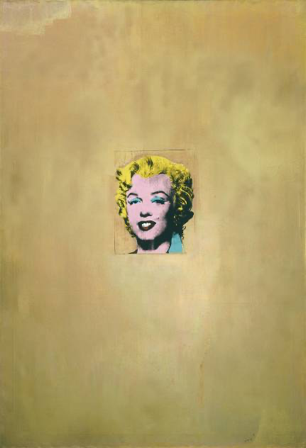
Gold Marilyn, 1962 Andy Warhol
https://www.youtube.com/watch?v=lXfzq27fGvU
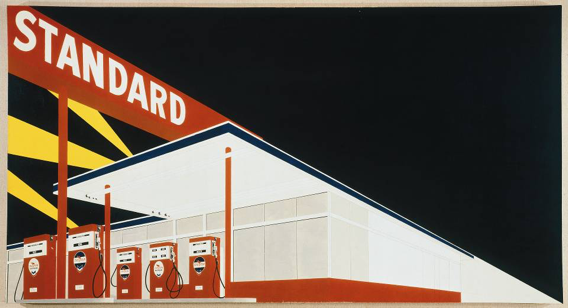
Standard Station, 1966 Ed Ruscha
https://www.youtube.com/watch?v=5kHmzhiWrLQ

Empress of India, 1965 Frank Stella
https://www.moma.org/collection/works/79806
Environmental Installations/Earthworks/Site-Specific Art
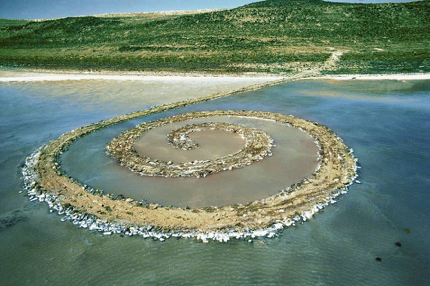
Spiral Jetty, 1970 Robert Smithson
https://www.youtube.com/watch?v=vrbNsHs7ptE

Running Fence, 1972-76 Christo and Jeanne-Claude
https://www.youtube.com/watch?v=nBVpgN4JAsE
https://www.youtube.com/watch?v=xo5YpuH2dBs
Architecture
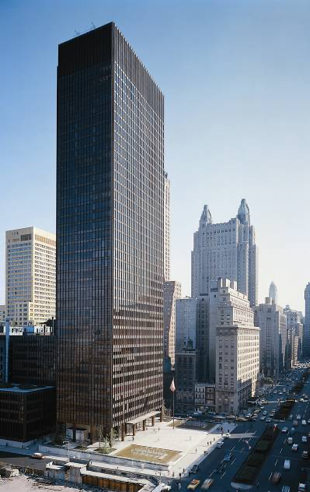
Seagram Building, New York 1954-58, Ludwig Mies van de Rohe and Philip Johnson
https://www.youtube.com/watch?v=ZyyuflY5k2k
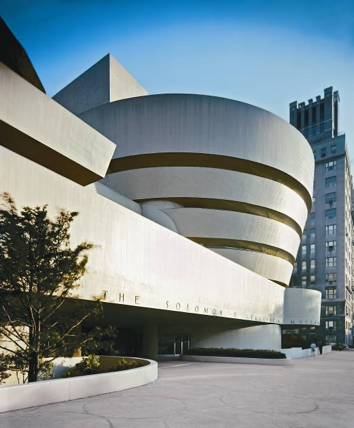
Guggenheim Museum NYC, Frank Lloyd Wright
https://www.youtube.com/watch?v=JVm-ePTIKR4
https://www.guggenheim.org/video/frank-lloyd-wright-from-within-outward
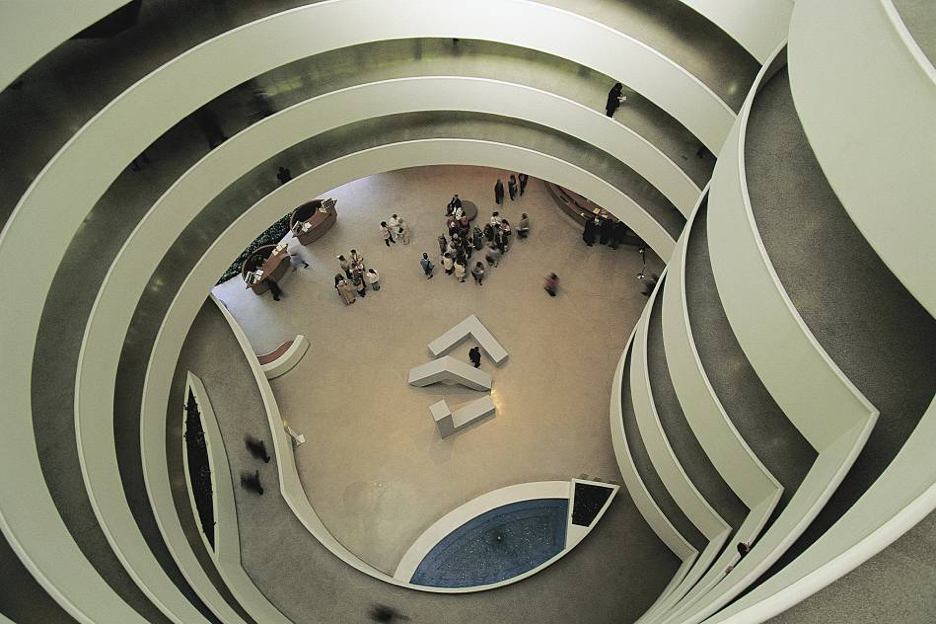
Photorealism

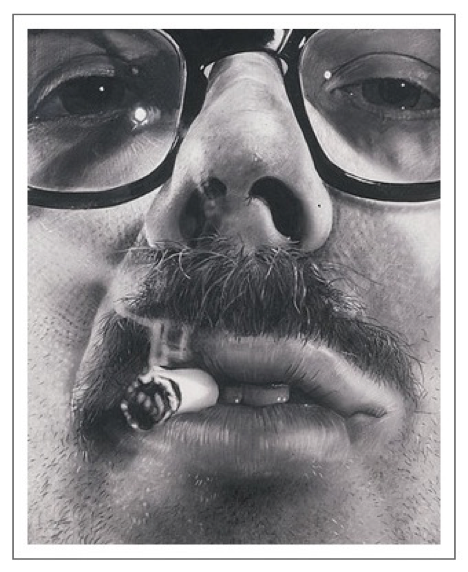
Self Portrait, 1967-68 Chuck Close
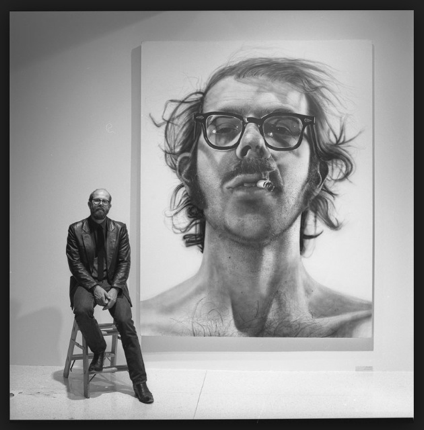
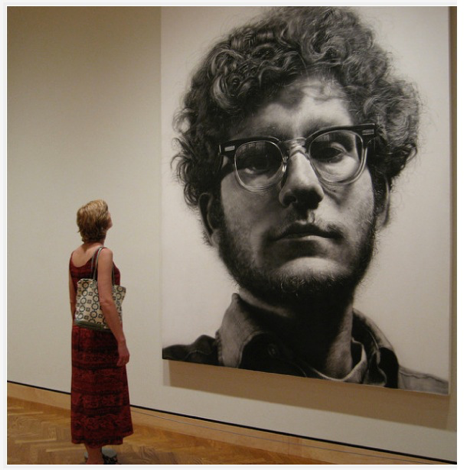
1980s Chuck Close in front of his 1968 exhibit paintings in New York City
https://www.youtube.com/watch?v=lGOJ_s0S99k

